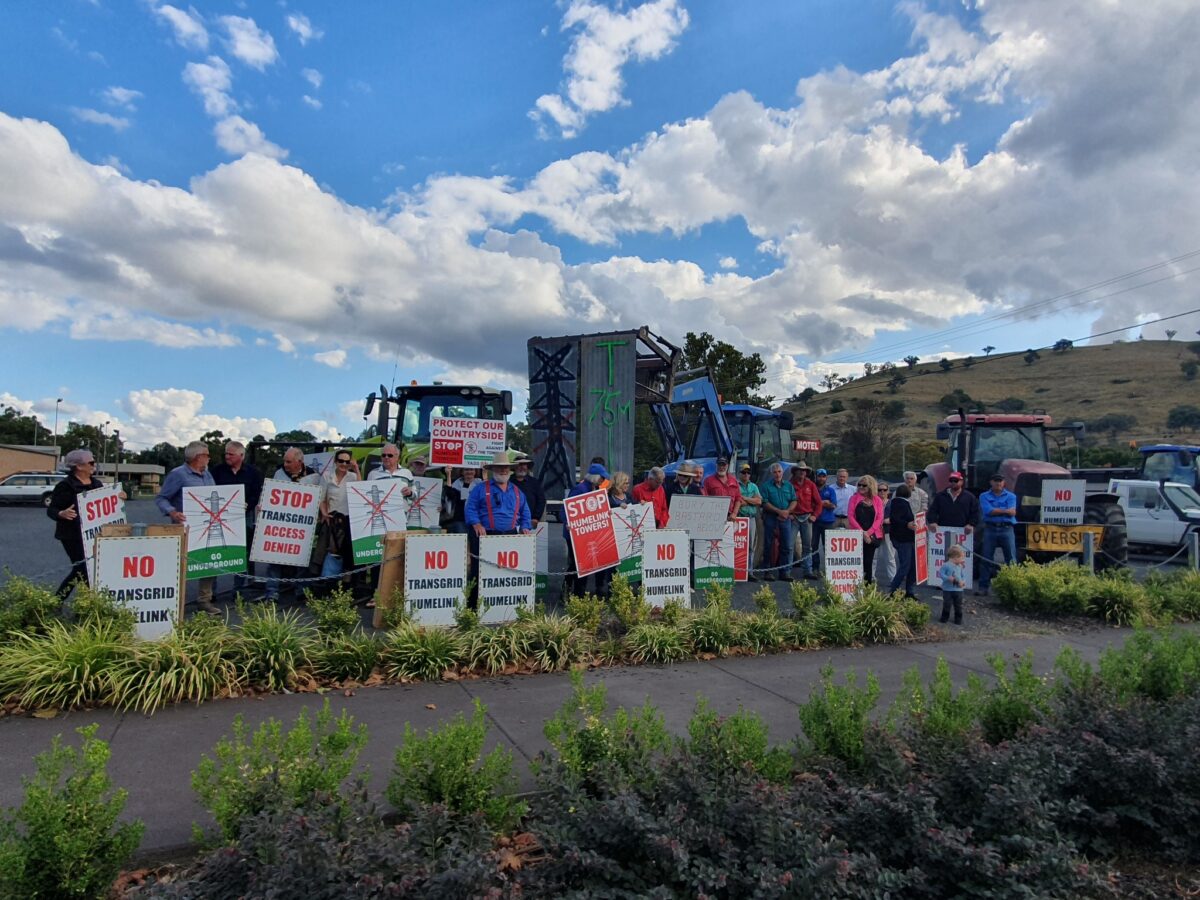Community advocacy group Stop, Rethink Humelink, said a new report shows that putting the proposed 360-kilometre transmission project underground instead of overhead could be done on a like-for-like basis for $7.3 billion (USD 4.65 billion). New South Wales (NSW) transmission network operator Transgrid has previously stated that undergrounding would be 57.5% higher in costs at $11.5 billion.
The HumeLink project is to deliver about 360 kilometres of 500 kV double-circuit transmission lines, connecting Wagga Wagga, Bannaby and Maragle in southern NSW. It will also connect the Snowy 2.0 pumped hydro project to the grid.
Transgrid has said the overhead option is expected to cost $5 billion, up by about 30% since the original $3.3 billion budget was submitted to the regulator three years ago.
Rethink HumeLink spokesperson and cattle grazier Michael Katz said the new report, completed by Brisbane-based energy consultant Amplitude, shows that Transgrid’s estimates – detailed in a feasibility report prepared by engineering consultant GHD – are based on incorrect costings, even in light of recent cost increases in both cable supply and installation.
“This report makes a complete nonsense of claims that undergrounding is too expensive and will add significant costs to energy consumers,” he said.
“It is now time for the government to rethink Rewiring the Nation and implement undergrounding as a default like other countries such as Germany. Then we can get on with the job of making renewable energy a reality in this country – with community support.”
HumeLink is one of five transmission projects labelled critical for the energy transition by the Australian Energy Market Operator but faces ongoing opposition from communities along the route. Landowners along the study corridor have raised serious concerns about the social, economic and environmental costs of overhead transmission line impacting their regions.
The report from Amplitude comes after a NSW parliamentary inquiry into the feasibilty of burying the transmission infrastructure found putting them underground would be too costly and would put the energy grid under pressure.
Labor MLC and inquiry chairperson Emily Suvaal said in August that despite significant community outcry, there were multiple hurdles to putting the lines underground.
“Cost was a factor. We acknowledge it’s not what many in the local community are calling for,” she said.
“Given the push to net zero [and] we’ve got coal fired power stations coming offline … we heard evidence that [undergrounding] would not be workable in today’s energy climate.”
Amplitude however said it had uncovered significant shortcomings in previous cost estimates.
“The main concerns with the GHD report is in the costing of the HVDC underground cables,” the report reads. “Comparing the cost per kilometre presented by GHD for the HVDC underground options with our own estimates and other benchmarks … it is clear that even within the range of accuracy and considering current market cost pressures, the cost per kilometre used by GHD is excessive.”
Amplitude also said that building the transmission cables underground provided other advantages, including reducing fire risk and lowering maintenance costs and energy losses, compared to overhead wires.
This content is protected by copyright and may not be reused. If you want to cooperate with us and would like to reuse some of our content, please contact: editors@pv-magazine.com.









By submitting this form you agree to pv magazine using your data for the purposes of publishing your comment.
Your personal data will only be disclosed or otherwise transmitted to third parties for the purposes of spam filtering or if this is necessary for technical maintenance of the website. Any other transfer to third parties will not take place unless this is justified on the basis of applicable data protection regulations or if pv magazine is legally obliged to do so.
You may revoke this consent at any time with effect for the future, in which case your personal data will be deleted immediately. Otherwise, your data will be deleted if pv magazine has processed your request or the purpose of data storage is fulfilled.
Further information on data privacy can be found in our Data Protection Policy.